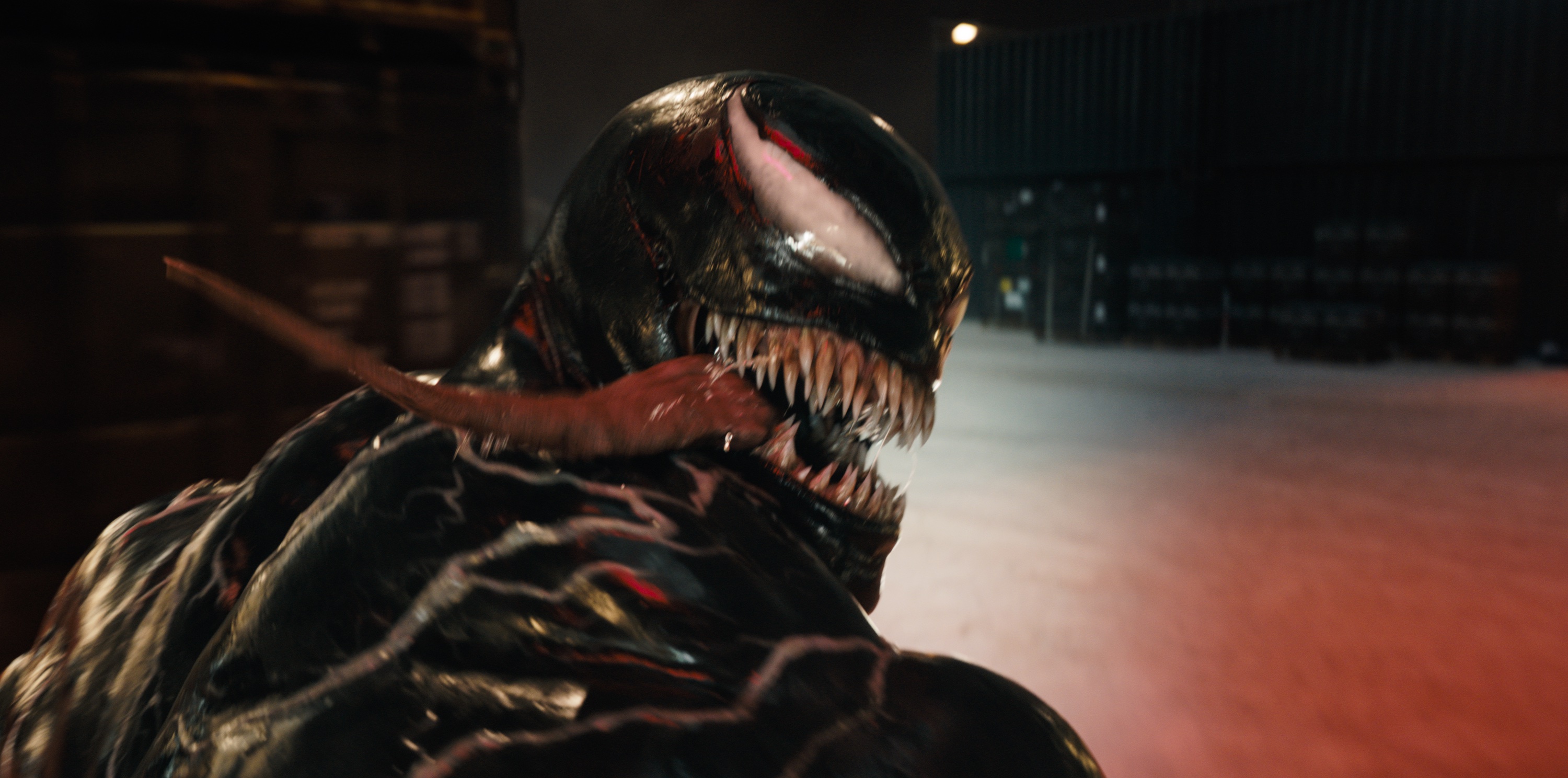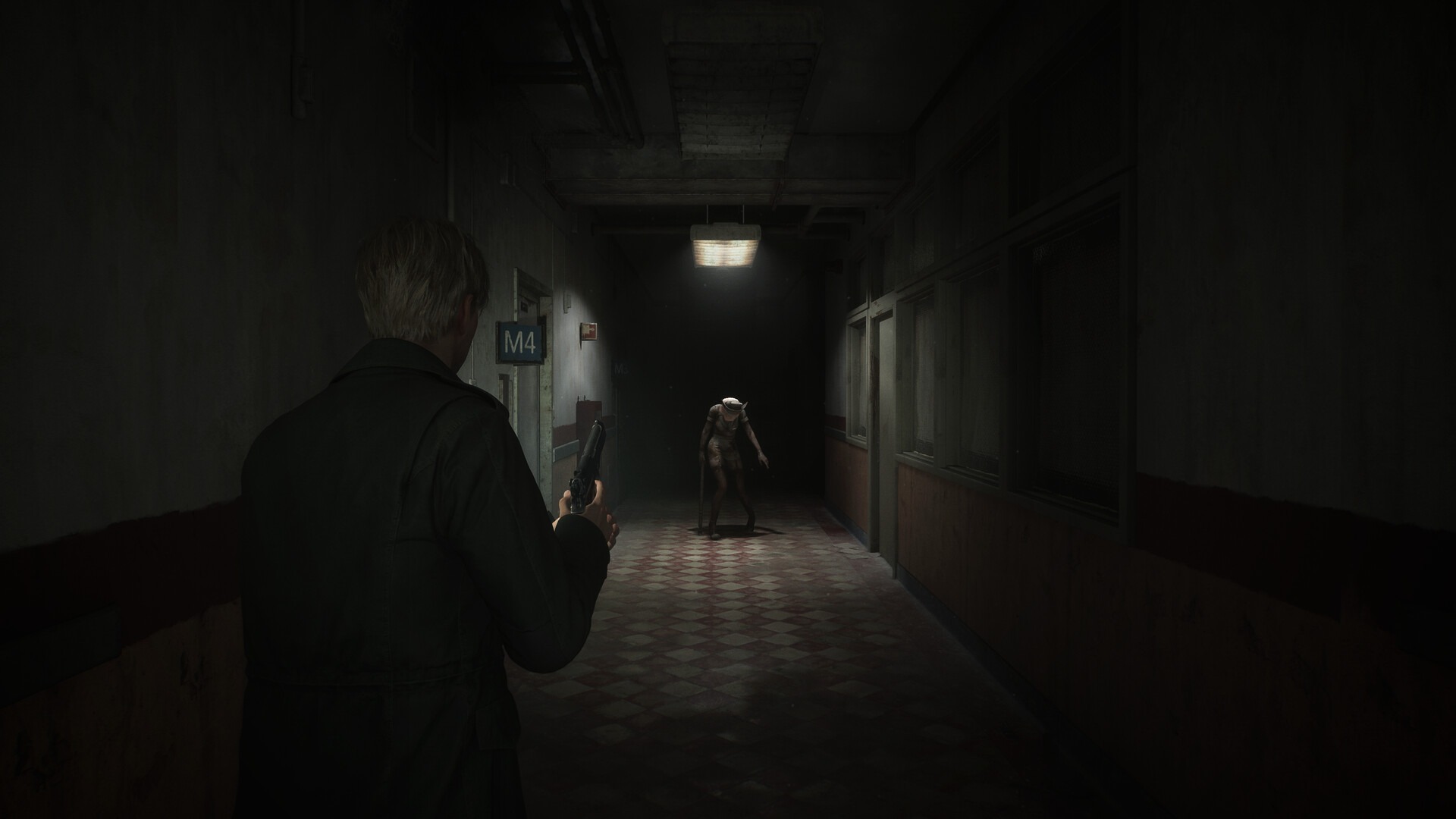In an industry dominated by American and European companies with massive, big-box campaign and strategy board games, Oink Games stands apart. The Japanese publisher is best known for pursuing an uncommon philosophy: small boxes with a striking art style. As modern board games seem to get more complicated every day, Oink remains dedicated to its diminutive product line that seeks attention through eye-catching design and word-of-mouth advertising.
Oink’s first real North American hit came from 2014’s delightful Deep Sea Adventure, a game about pushing the limits of a diver’s oxygen tank while scooping up sunken treasure. This success brought attention to a deep back catalog, with titles such as A Fake Artist Goes to New York and Insider picking up steam among English-speaking audiences. Now Oink is an established brand, and it’s looking to take the next step with four new releases available at this year’s Gen Con.
From my vantage point, this boutique publisher has attained a high level of success. Its catalog has transitioned from a collection of niche, lesser-known oddities to a legitimate force in board game circles. Its top titles have been widely available for some time, and their unique visuals have formed a cohesive image for the brand. But founder and CEO Jun Sasaki doesn’t quite agree.
“I believe that we’re still operating on a small scale and wouldn’t quite consider ourselves successful,” he told Polygon in a recent email interview. We’ve been steadily creating games, maintaining the style that we want to develop, and working towards expanding our sales channels.”
Oink has a very distinct style, both in terms of graphics and game design, with much of its identity stemming from local influence. Sasaki speaks to the origination of the company: “Oink Games is deeply rooted in the Japanese culture of ‘anyone can be a creator.’ The reason I started making board games was to participate in Game Market in Japan, an event where many people bring and sell their own board games.”
The company’s unique visual aesthetic is an identifying trademark. This vivid signature is a result of Sasaki’s origins as a graphic designer, pushing for a style that is salient and that carries across its entire line. There is also a strong influence from the portion of the company focused on video game development.
“I don’t see these two as significantly different,” says Sasaki.
All of this leads to a very focused, consistent line that is unique in the board game space. Here’s how it’s expanding in 2023.
Make the Difference
:no_upscale()/cdn.vox-cdn.com/uploads/chorus_asset/file/24815676/image03_copy.jpg)
Make the Difference is a clever game that riffs on the classic spot-the-difference genre of children’s games. Oink’s design places one player in the position of actually creating those images in an attempt to challenge the rest of the participants at the table. The bigger the changes you’re able to get away with, the more points you stand to gain.
To start, one player is given two sheets and a pen and asked to alter one of the images however they’d like. In a stroke of brilliance, the modified image is then covered with a slightly opaque plastic sheet in order to obscure the pen marks and blemishes. Then, everyone else is given three minutes to find all of the irregularities.
While this can feel a little more like a craft activity than a proper game, it’s a smart design that pushes players to take risks. There’s a creative element in that you must assess the most devious places to alter, trying to camouflage your additions in the most complicated portions of the illustration. It’s also a joy watching the group scan the page, trying their best to quickly spot all of the adjustments with time slipping away. It is worth noting that you consume this game, as each used sheet must be tossed after a session. Each of the 10 image pads has 10 sheets, so the content-to-cost proposition is perfectly fine.
Nine Tiles Extreme
:no_upscale()/cdn.vox-cdn.com/uploads/chorus_asset/file/24815696/image01_s_copy.jpg)
Nine Tiles Extreme is a juiced version of Oink’s hit game Nine Tiles. In the original, players take nine double-sided tiles with various images paired on each side. Images are repeated three times throughout, each time paired with something different. Tiles are then arranged in a random three-by-three grid. Next, someone flips a card and everyone is off to the races. The goal is to quickly match the image card by flipping and rearranging your tiles. This is a speed game, similar to titles such as Spot It! and Jungle Speed, yet one with a quirky aesthetic.
Extreme turns it up to 11, presenting multipurpose patterns that contain both a shape and a color. This establishes two different dimensions to assess with each image, causing a hurdle for your cognition and adding a devilish twist to the puzzle.
This is a simple, joyful game predicated on speed and assessing patterns. It’s the type of activity that some will loathe and others will find delightful. Extreme is a more entertaining and interesting iteration, as it establishes a more difficult baseline that results in more player mistakes and apprehension. This establishes a subtle tension and results in occasional bouts of hilarity.
Whale to Look
:no_upscale()/cdn.vox-cdn.com/uploads/chorus_asset/file/24815706/image02_copy.jpg)
Whale to Look is an unusual title in Oink’s catalog, the first to be co-developed by veteran French game designer Bruno Faidutti (Citadels, Mission: Red Planet) alongside Sasaki. This aquatic game has players taking charge of competing tour companies transporting visitors to a bay full of orcas. The idea is to deduce where whales will show up based on looking at the backsides of tiles and extrapolating information from other player’s moves. If all goes well, you will be able to position your tourists to witness a glimpse of the giant creatures and please your passengers.
That aspect of making inferences based on limited information, provided by both the game and other players, feels strongly indicative of Faidutti’s design philosophy. It leads to moments of surprise and amusement. This ties in wonderfully with the charming presentation and forms a cohesive experience that is enchanting.
Tiger & Dragon
:no_upscale()/cdn.vox-cdn.com/uploads/chorus_asset/file/24815725/tiger_and_dragon_en_front_copy.jpg)
Tiger & Dragon is an oddity in that it was previously released in Japan in 2021. It’s also somewhat of a large product for this publisher. It’s still a modestly sized box compared to the typical Oink board game, but bucks the trend of its previous releases and therefore stands out. The gameplay parallels the traditional Japanese game Goita, having players attack and defend using numbered tiles.
In the standard game mode you play a tile from your hand to form an attack. The player sitting to your left must then play a same-numbered tile to defend against that attack. If they cannot, then the attack passes to the next player sitting clockwise. If you can manage to land a successful attack that no one is able to defend, then you stand to be rewarded with bonus points when you score. The trick is that only the person who empties their entire hand of tiles first scores any points.
:no_upscale()/cdn.vox-cdn.com/uploads/chorus_asset/file/24815727/DSC_1844_copy.jpg)
This is a very thoughtful and interactive design that involves gauging the odds and taking risks. Since the pool of tiles is a known commodity, and all played tiles are public, you can make inferences on the likelihood for a particular attack to be blocked. If you know all of the twos have been played, then you can successfully land that attack without any chance for a defensive block. There is a satisfying tempo of playing and countering in cyclical fashion that is almost meditative and entrancing. This is an excellent game and the standout title among these four new releases.
While not currently available for import through the Oink Games website, fans should expect to find demos on the floor at Gen Con.
/cdn.vox-cdn.com/uploads/chorus_asset/file/24815672/make_the_difference_en_front_copy.jpg)




/cdn.vox-cdn.com/uploads/chorus_asset/file/24815688/nine_tiles_extreme_en_front_copy.jpg)
/cdn.vox-cdn.com/uploads/chorus_asset/file/24815705/whale_to_look_en_front_copy.jpg)


